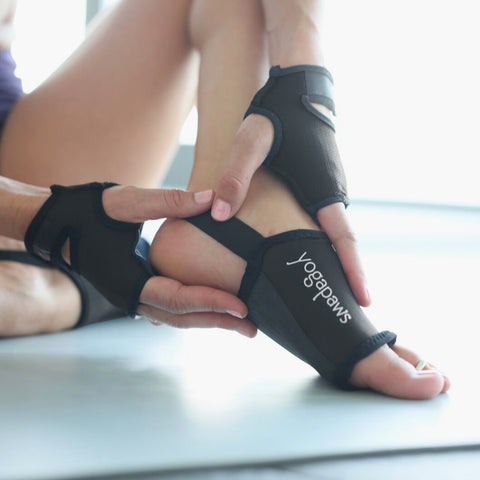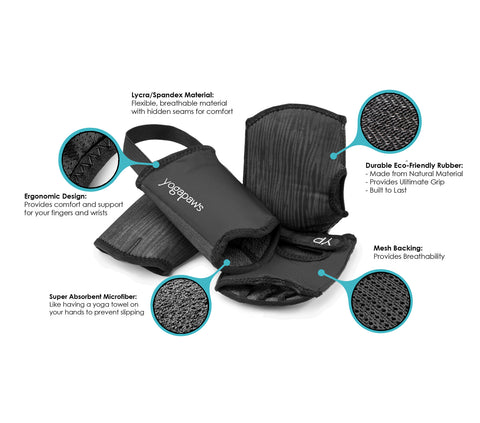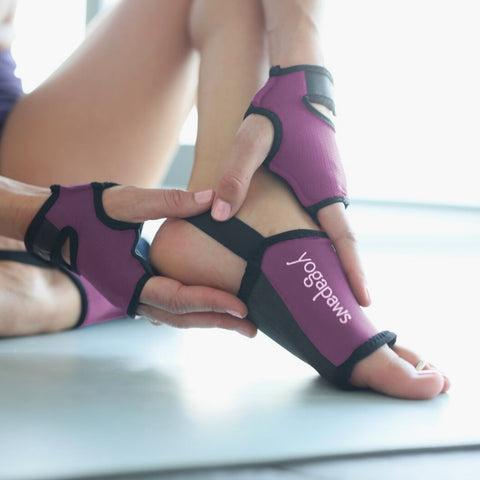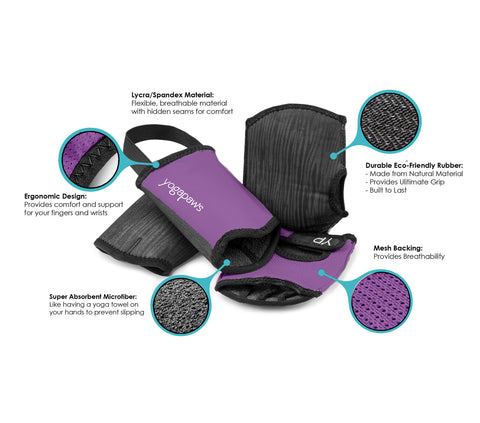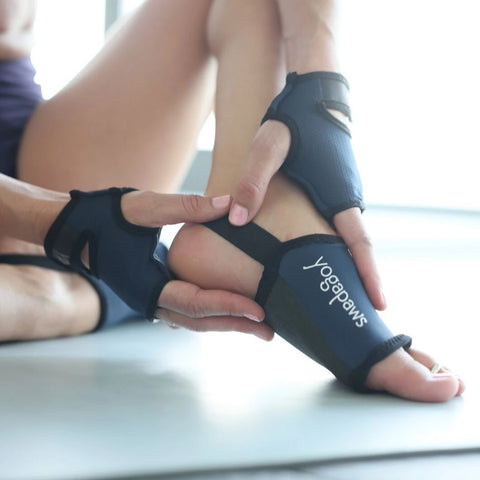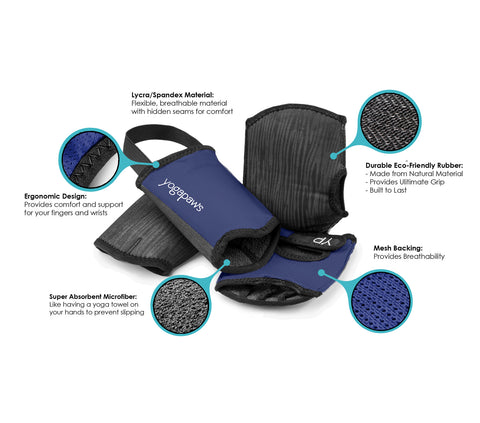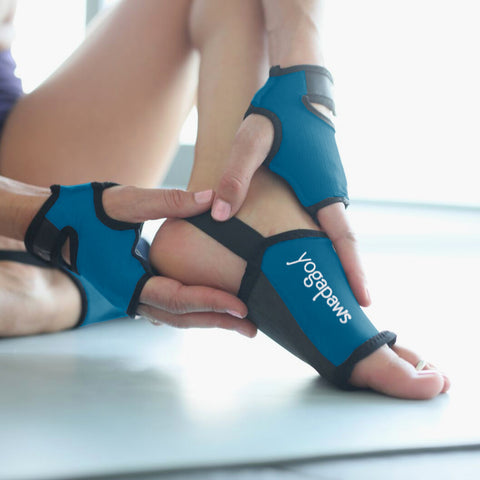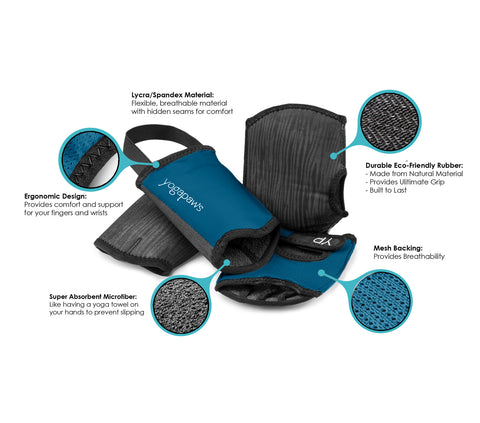Posted on May 29 2018
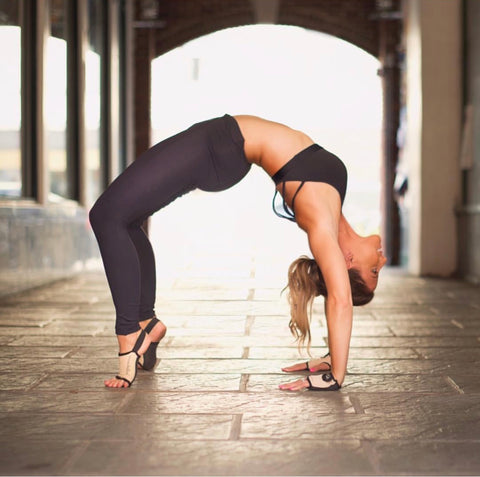 Backbending poses are powerful reminders that you have to open your heart to be fearless. So why are these asanas so scary for so many yoga practitioners?
Backbending poses are powerful reminders that you have to open your heart to be fearless. So why are these asanas so scary for so many yoga practitioners?
For one thing, they’re counter-intuitive to the physical demands of living and working in modern Western culture. All day long, as you hunch over your PC or turtle-up to grasp the steering wheel, you’re overstretching your upper back and basically telling your body that it needs to be able to cope with slumping forward for eight-plus hours so that you can stay on task.
Then there’s the matter of gravity. Lots of people are afraid of falling down. But how much worse is the anxiety about falling backward? All of the usual touchpoints are taken away. You don’t have the visual cues that tell you where to put your hands and knees as you would if you were falling forward; you’re pretty much in free fall, which could result in compression in your back and/or neck or a flat-on-your-back collapse.
On a deeper level, it’s pretty natural to round your back if you feel you’re under attack. Imagine someone’s just given you a stinging peer review or you’ve had a fight with your significant other. Even the thought of being confronted usually has your brain signaling your body to curve forward to protect your heart and other vital organs.
Acknowledging that you need do some mental/spiritual homework before making peace with backbends is an important part of learning to love this aspect of your practice. The next step is to start exploring the physical movement in a non-threatening way.
Breathwork offers an easy, non-threatening path to heart opening that makes backbends both accessible and liberating. Lie on your back on your mat and close your eyes. Place one hand on your chest and one just below your navel. As you draw the next breath up all the way from the pelvic floor, focus on that inhalation spreading across your hip cradle to soften your hip flexors and open your hips. Allow it to travel up your front body until you feel your chest fill with air and expand. Try to build muscle memory around that way of breathing (it should feel as if the core is drawn up and under the ribs as the lungs fill with fresh oxygen).
Sense how your back responds to each strong inhale. That broad, expansive and strong front body is one of the keys to mastering backbends. By creating more room in your front body, you give your back body more freedom to bend without unwanted compression. Test that out with beginner-friendly backbends such as Setu Bandha Sarvangasana (Bridge Pose) or Salabhasana (Locust Pose). Both of these poses require that you engage your front and back body in an integrated way. But the beauty is the amount of control you have. Unlike some of the advanced poses that involve standing backbends or arching the back so that the head comes toward the heels (either from standing on the knees or Setu Bandha Sarvangasana (Upward Bow Pose), these beneficial backbends invite self-curating modifications. In Bridge Pose, for example, a beginner can lift the back just a few inches. A block can be inserted between the thighs to keep correct alignment. But, when this first stage has been fully explored, it’s not a long leap to trying the pose with the shoulders rolled under and the hands clasped beneath the body. And, when that challenge is met, is it really that far to Upward Bow?
Those gentler backbends help you aim true in Upward Bow. They also give you an anatomically correct understanding of the intimate connection between your front and back body and the cause/effect relationship of open heart/supple back. For a pose such as Ustrasana (Camel Pose), you’ll need to channel those sensations to keep yourself from “crunching” either your lumbar spine or your neck as you reach back for your feet. Instead, visualize a ray of lighting emanating from your chest. In the final pose, that light should be focused on or near the ceiling.
So, the next time you’re on your mat, let the backbends meet you where you are. Don’t think about how far back you can bend. Instead, think about how much you can open your heart. Let that feeling follow you through your day.
 |
Benefits: Used as a warm-up, this pose helps you feel the connection of stretching your front body and bending backward. How to do it: Begin on all fours, hands under shoulders and knees under hips. Exhale and lift the back of your pelvis and your chest to the sky. Your midsection will drop toward the mat, but keep your core softly engaged. Return to neutral spine, then round your back into Marjariasana (Cat Pose). Repeat five times at the beginning of your practice (or before a workout to warm up your back). |
 |
Benefits: This gentle backbend forces you to focus on the opening of your chest. How to do it: Start lying on your mat, facedown with your legs behind you. Your arms are stretched out along your sides, palms up. On an exhale, lift your upper and lower body off the mat. Bring your arms up so the are parallel to the ground. Look forward. Hold for 15 to 30 seconds, then release. |
 |
Urdhva Hastasana (Upward Salute) Benefits: While not a deep backbend, this accessible pose offers a great opportunity to feel the space in your front body as you lengthen it in preparation for more challenging postures. How to do it: Stand in Tadasana (Mountain Pose). Sweep your arms out to the sides and up, palms facing each other. If you can, touch your palms. Gaze at your hands. Feel the stretch in your core and the gentle opening of your heart. Make sure your ribs don’t “splay” out by focusing on drawing them slightly down toward your pelvis. Release into Uttanasana (Standing Forward Bend). |
 |
Urdhva Mukha Svanasana (Upward-Facing Dog Pose) Benefits: The support of your hands in this pose lets you play with emphasizing your front body. How to do it: Start face down on your mat. Press your hands into the mat near your waist to lift your torso. As you do that, press the tops of your feet into the mat to lift your thighs off the mat. Continue to gently draw your ribs down. Hold for 15 to 30 seconds, then release. |
 |
Benefits: This intense heart opener helps you channel both the physical and mental aspects of allowing yourself to soften and accept the good from outside yourself. How to do it: Start kneeling with knees under hips. With your hands just above your buttocks, engage your quadriceps. Lean back and, if you can, reach for your ankles. If you can’t reach them, turn your toes under to make the pose more accessible. Keep your ribs pointing toward the mat. Hold for 30 seconds to one minute. |
Featured Yogi: @shanti_love10 in Wheel Pose
Photographer: @ernestocullari

